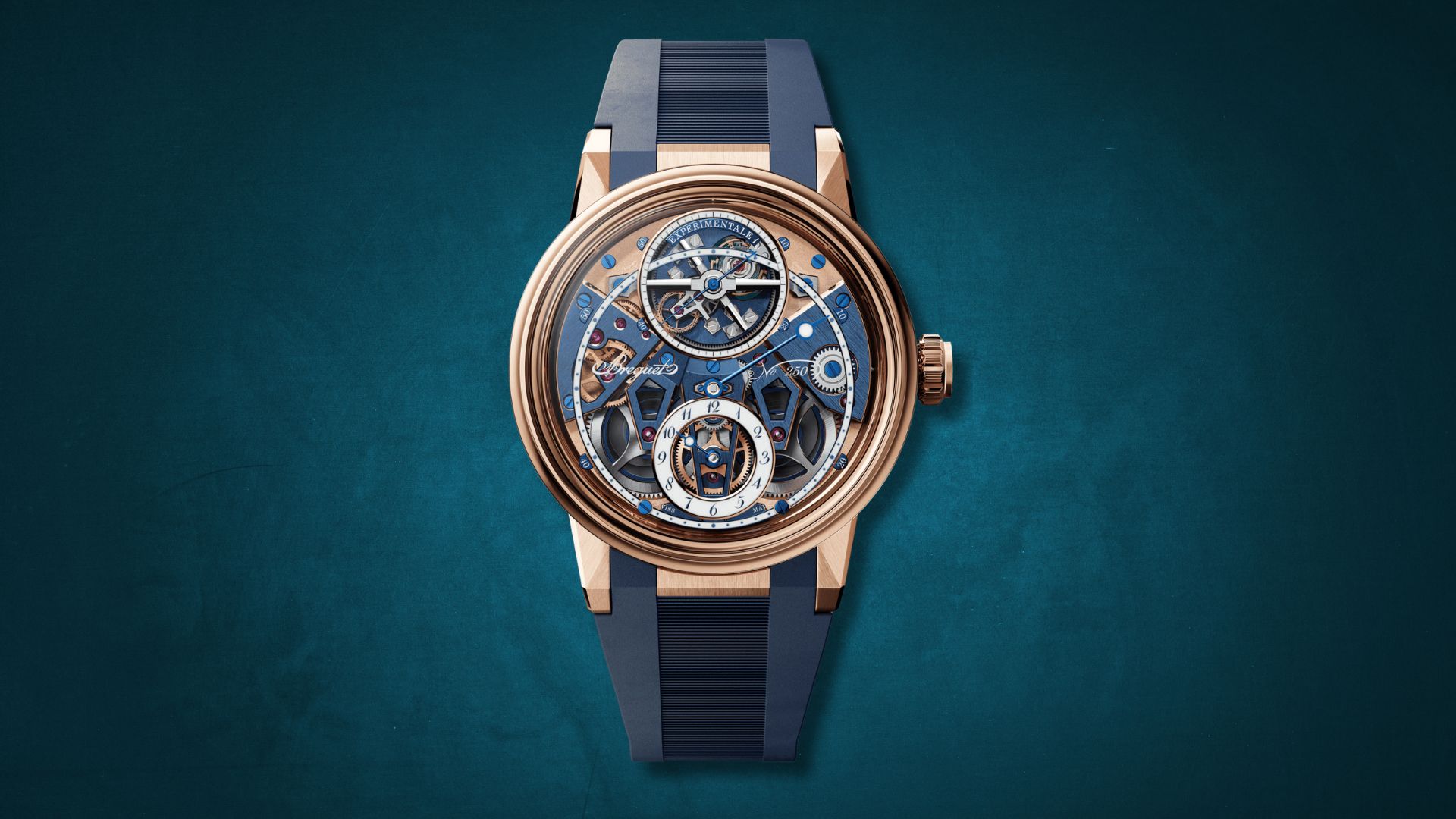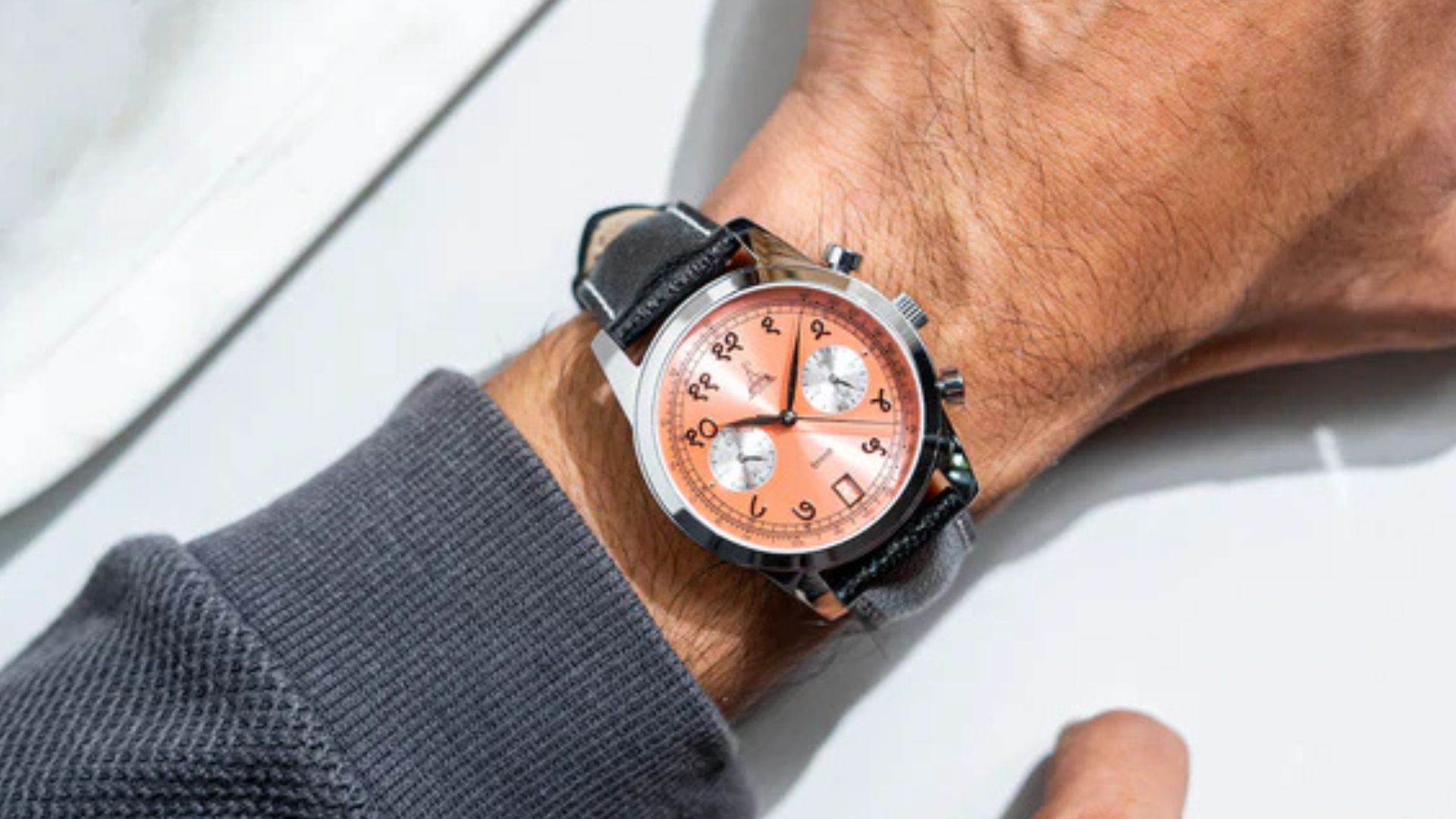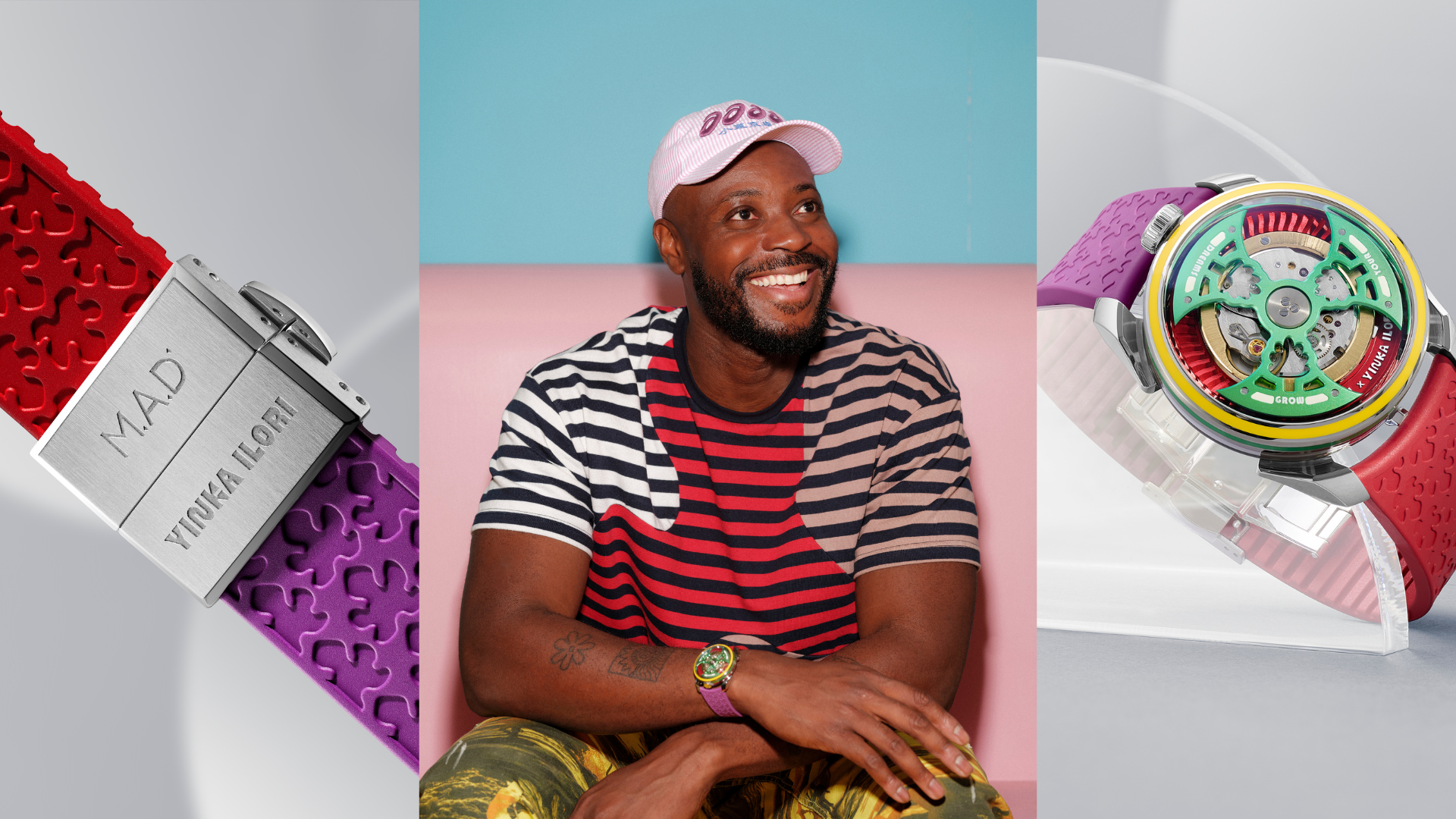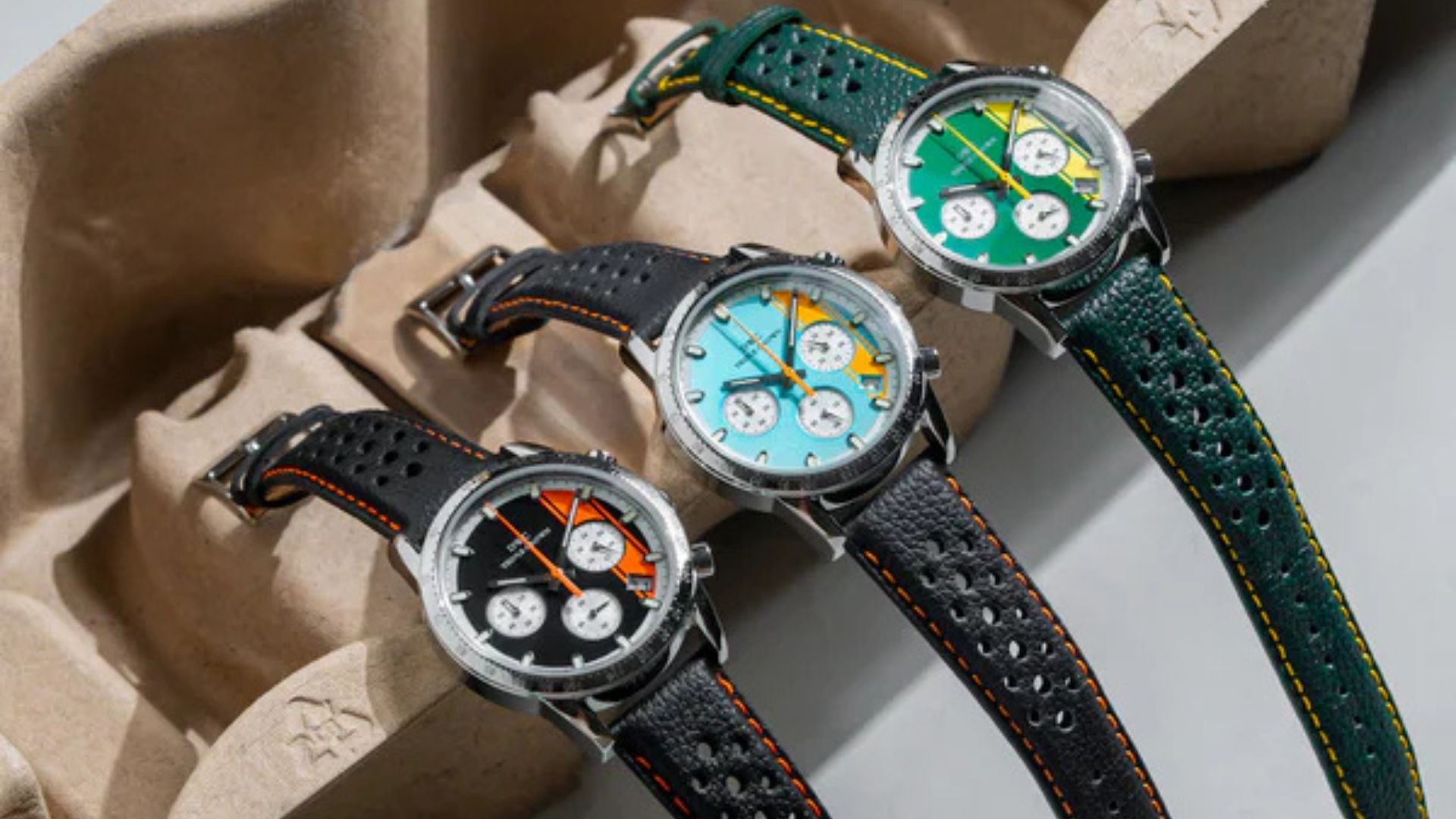Seconds that Count: A History of Timekeeping in the Olympics
.png)

The Olympic timekeeping methods have evolved from ancient techniques to hyper-accurate systems of today. Currently, they are embarking on an exciting journey filled with innovation and precision.
The Human Eye and the Stopwatch
Initially, in the modern Olympics, timekeeping was primarily based on human judgement, with officials using their eyes to gauge the exact moment an athlete crossed the finish line. To record these estimations, they employed manual stopwatches, devices that required a combination of skill, anticipation, and lightning-fast reflexes.
The angle of the observer, the speed of the race, and even weather conditions significantly impacted the accuracy of timing. Hence, it led to many disputes and controversies, ultimately leading to the urgent requirement of a more accurate and effective method of timekeeping.
TAG Heuer: Timekeeping Titans
.png)
Heuer revolutionised Olympic timekeeping in 1920 with the introduction of the Mikrograph Pocket Chronometer. This groundbreaking device, capable of measuring time to a hundredth of a second, earned Heuer the prestigious role of being the official timekeeper for the Antwerp Olympics. The company maintained this position through the 1928 Amsterdam Games.
Omega and the Olympic Legacy
In 1932, Omega was chosen as the official timekeeper of the Olympic Games. This partnership marked the beginning of a legendary collaboration that has spanned nearly a century. Omega’s commitment to precision and innovation has been instrumental in pushing the boundaries of timekeeping technology.
The watershed moment in Olympic timekeeping arrived with the advent of electronic technology. The 1948 London Olympics witnessed the debut of photoelectric cells and electronic timers, and this started a new era of precision. These systems eliminated human error and could measure time with unprecedented accuracy.

From developing quartz crystal technology in the 1960s to introducing the revolutionary Omega Speedmaster Professional Moonwatch, the brand has consistently delivered groundbreaking timekeeping solutions. Today, Omega’s role extends far beyond simply measuring time. The company is responsible for developing intricate systems that capture and analyse data from multiple sources, ensuring the fairest and most accurate results.
The Digital Age
The digital revolution has transformed Olympic timekeeping beyond recognition. Today, sophisticated computer systems analyse multiple data points, including video footage, to produce highly accurate results. Photofinish cameras can determine winners by the width of a hair. Sensors embedded in starting blocks detect false starts with incredible precision.
The Future of Timekeeping
The quest for perfection in timekeeping continues. Advancements in artificial intelligence and machine learning are being explored to further enhance accuracy and efficiency. While the human element will always be an integral part of the Olympics, technology, led by brands like Omega, will undoubtedly play an even greater role in shaping the future of the Games.
The journey from relying on human judgements to declare winners to using super-accurate methods shows how much timekeeping at the Games has improved over the decades. The partnership between the Olympics and brands like TAG Heuer and Omega has played a key role in this journey, pushing the boundaries of what is possible in sports timekeeping.
Image Credits: Tag Heuer, Omega



















